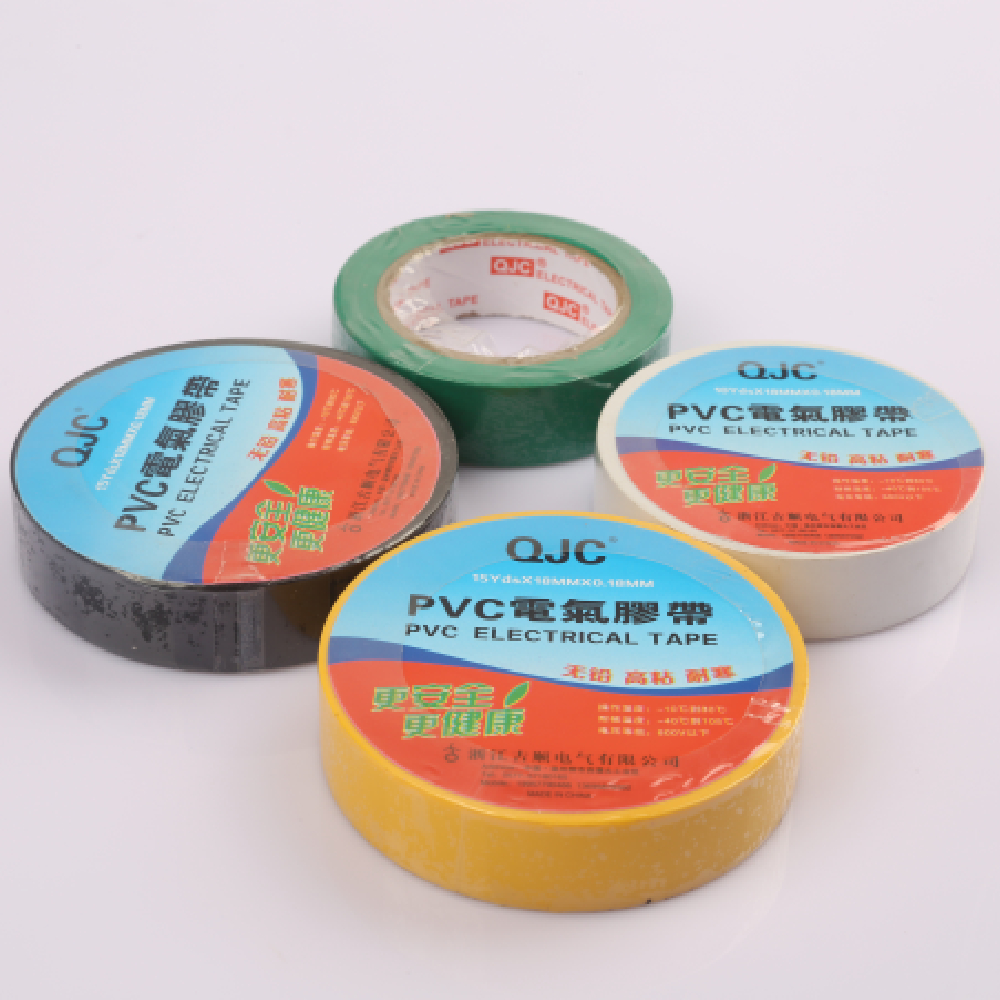The Role of Semi-Conductive Water Blocking Tape in Electrical Applications
In the realm of electrical engineering and construction, effective insulation and water protection are critical for the longevity and safety of electrical installations. One innovative solution that has gained prominence in recent years is semi-conductive water blocking tape. This material serves a dual purpose, offering both electrical insulation and moisture management, which are essential for the performance and reliability of electrical systems, especially in harsh environments.
Semi-conductive water blocking tape is typically made from a combination of polymeric materials that possess semi-conductive properties. This unique formulation allows the tape to not only block moisture but also manage electrical conductivity, ensuring that the electrical systems remain stable while minimizing the risk of short circuits due to humidity or water ingress.
Composition and Properties
The tape's semi-conductive nature is crucial. It is engineered to create an effective barrier against water while maintaining a level of conductivity that ensures any electrical disturbances are dissipated safely. The composition usually includes a mixture of elastomers, conductive fillers, and additives that enhance its performance.
One of the most critical properties of this tape is its excellent adhesion. It can bond effectively to various surfaces, including metals and polymers found in wire insulation and cable sheathings. This strong adhesion is vital for creating a reliable seal that protects against moisture penetration, which can lead to corrosion or electrical failures.
Applications in Electrical Infrastructure
The versatility of semi-conductive water blocking tape makes it suitable for a wide range of applications. It is predominantly used in the power and telecommunications sectors, where it is applied to cables, connectors, and joints. For instance, in underground and submarine cable installations, the tape is utilized to enhance the durability and reliability of the cable infrastructure by preventing water ingress which can compromise the electrical integrity.
semi conductive water blocking tape

In addition to cable applications, this tape is also used in various electrical enclosures and junction boxes. By wrapping the tape around these components, engineers can ensure that any potential moisture entry points are sealed, thus prolonging the life of the electrical apparatus housed within.
Benefits
The benefits of using semi-conductive water blocking tape are manifold. Firstly, it significantly reduces the likelihood of electrical failures associated with moisture. This reliability results in lower maintenance costs and fewer disruptions in service, which is crucial for industries that rely heavily on uninterrupted power supply.
Secondly, the tape's ability to function effectively across a wide temperature range adds to its appeal. Whether in the freezing cold or sweltering heat, semi-conductive water blocking tape maintains its properties, ensuring consistent performance regardless of environmental conditions.
Moreover, this material is often lightweight and easily applicable, allowing for quick installation and reduced labor costs. It conforms well to irregular shapes, making it an ideal solution for a variety of electrical components.
Conclusion
As technology continues to evolve and the demand for reliable and efficient electrical systems grows, the importance of protective measures like semi-conductive water blocking tape cannot be understated. Its ability to offer simultaneous moisture protection and electrical stability makes it an indispensable tool in electrical engineering and construction.
In summary, semi-conductive water blocking tape is more than just an accessory; it is a vital component that enhances the safety and reliability of electrical installations. As industries increasingly focus on sustainability and efficiency, materials like this will play a crucial role in shaping the future of electrical infrastructure, paving the way for safer, more resilient systems. Whether used in the power sector or telecommunications, it exemplifies innovative engineering solutions aimed at addressing modern-day challenges in electrical management and maintenance.
-
XIANGFAN Rubber Tape-Ultimate Solutions for All Your Insulation NeedsNewsJun.24,2025
-
XIANGFAN Rubber Tape-Protection for Industrial and Residential ApplicationsNewsJun.24,2025
-
XIANGFAN Rubber Tape: Superior Safety and Sealing for Demanding EnvironmentsNewsJun.24,2025
-
XIANGFAN Rubber Tape: Reliable Solutions for Every Electrical ChallengeNewsJun.24,2025
-
XIANGFAN Electrical & Industrial Tape: Powering Reliability Across IndustriesNewsJun.24,2025
-
XIANGFAN Electrical & Industrial Tape: Excellence in Every ApplicationNewsJun.24,2025
